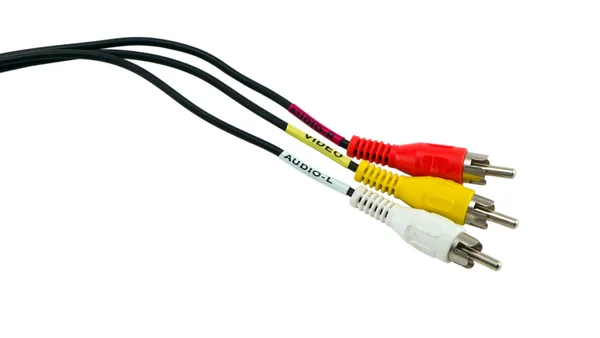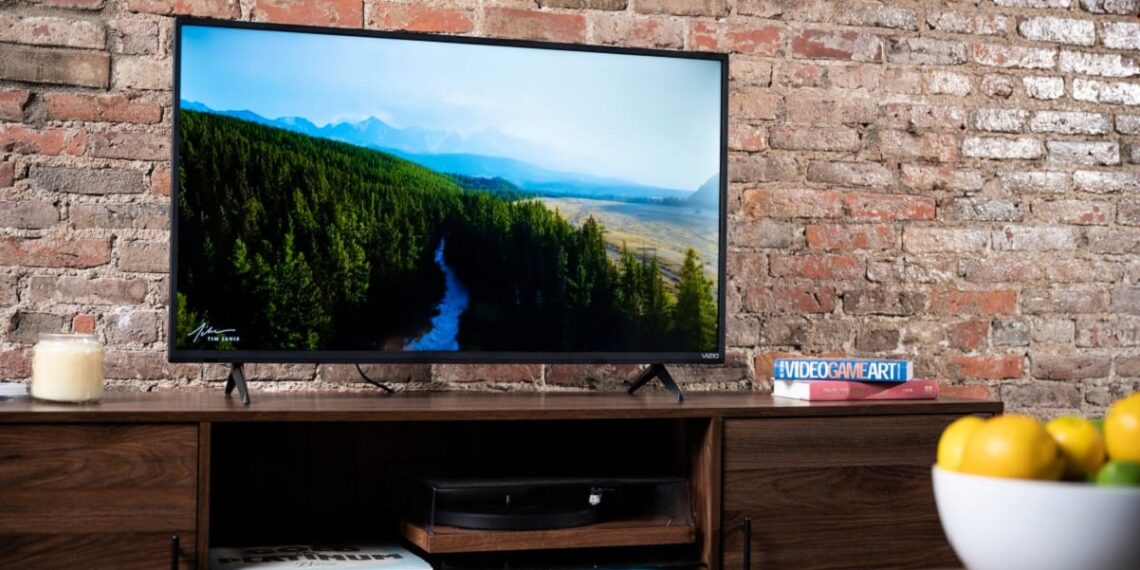Choosing a TV that will definitely not disappoint and will delight for many years is not such an easy task. Each model, regardless of the manufacturer, can have a fairly voluminous list of characteristics with many names unknown to an average user.
When buying a fairly expensive TV, it is worth choosing very responsibly, especially if you are picky about image quality. A number of simple tips will allow you to correctly assess the importance of certain parameters.
Choose Your Size Wisely
Having determined the maximum amount that you are willing to spend, select the size of the TV screen. This is not necessarily one exact value, there may be several close options, each of which will suit you.
If necessary, you can simply measure with a tape measure the space where the TV will stand, and already under it, together with a consultant in the store, determine the diagonal you need in inches.
Decide on the Type of Accommodation
When choosing a diagonal, you need to know exactly where the TV will be placed. If this is a cabinet or some kind of table, then it is important to evaluate the legs, their stability and dimensions for the selected TV.
If the TV becomes part of a furniture wall, evaluate in advance the proximity of the future TV to the sockets and, if necessary, the method of laying the extension cord.
Choose the Optimal Resolution
The optimal resolution of the TV depends on its diagonal. Those who want to have all the best and most modern, of course, can choose the highest – this is 3840 x 2160 pixels.
Perhaps you want to connect your laptop with the USB port and play 22Bet games for maximum enjoyment. However, if the screen is relatively small, then Full HD will be enough for you – this is 1920 x 1080 pixels. It is generally accepted that a 4K picture makes sense only on TVs with a diagonal of 49 inches or more, although even 40-inch 4K models can be found on sale.
The minimum resolution of modern TVs is 1366 x 768 pixels. In the case of very small TVs, it may be quite enough so that the picture does not crumble into individual pixels. However, remember that models with matrices of 1920 x 1080 pixels may cost a little more, while their picture clarity will be much higher.
Even if you go for the most affordable TV, it makes sense to find out how much the cheapest Full HD option costs.
Check for Correct Connectors
Be sure to check the number and ease of placement of USB and HDMI ports. You will need them to connect flash drives, laptops, camcorders and other equipment.

The convenience of placing such connectors will be especially important if the TV is mounted on the wall. Not all manufacturers make sure that ports are easily accessible.
Pay Attention to the Type of Backlight
In modern TVs, the two most common types of matrix backlight are Direct LED and Edge LED. The first implies a uniform arrangement of LEDs over the entire area of the matrix.
This scheme allows you to apply local dimming and achieve better contrast, but at the same time, TVs with Direct LED are slightly thicker, and power consumption is higher.
Edge LED backlighting is more economical in terms of energy since the diodes in it are placed on the sides of the screen, that is, there are fewer of them.
The light from them is scattered over the entire area of the matrix due to a special reflective surface.
Don’t Believe the Demo Video
Assessing the quality of the backlight and colour reproduction in general, you should not rely on demos that are cyclically spinning on display TVs.
This video may strike with bright colours and contrast, but you should understand that this is the so-called selling content, or simply part of an advertising campaign. By turning on simple TV channels, you may not see such an image, especially for 4K panels.
Get to Know the Interface
When choosing a TV in a store, you may well ask to turn on its main menu in order to appreciate the convenience and ease of setup.
This is especially true in the case of Smart TV. Smart TVs from different manufacturers can vary quite a lot. All of them can provide access to the same services, but additional options sometimes vary greatly. You can study the main features of such operating systems for TV on the official websites of TV manufacturers.
Remote Control
Not all remotes offer a standard set of buttons. In many Smart TVs, remote controls with an extremely limited set of keys are increasingly common. Often, many of the usual actions have to be performed using a gyroscope, that is, the remote control acts as a remote mouse, the position of which is read from a distance.

There is another side of the coin – remotes with a full mechanical keyboard on the back. They will be much more convenient when typing in the built-in browser.
Remotes with a microphone for voice commands can be used for the same purposes. These options should be checked prior to purchase.





